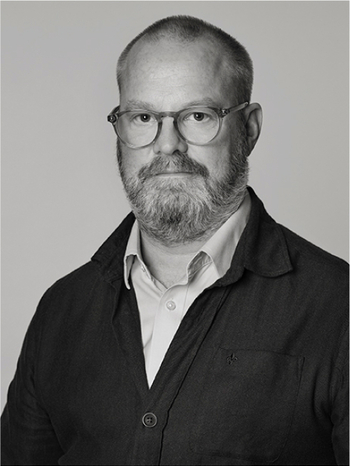Lorens Pasch d y, attributed to
"Gerhard Meijer the Younger" (1704-1784)
Oil on copper, oval 25 x 21 cm.
Muut tiedot
Compare painting in the Nationalmuseum's collections (NMGrh 2247) Oil on canvas 60 x 49 cm.
Gerhard Meyer the Younger (1704-1784) was a cannon and statue founder and owner of the Meyerska Foundry in Stockholm.
Gerhard Meyer the Younger was the son of Gerhard Meyer the Elder and Catharina Kammecker. His father and three of his siblings died in the plague of 1710. He enrolled at Uppsala University in 1717 and studied there under the guidance of a tutor. He became an apprentice at the Meyerska Foundry in 1720 and pursued studies in Germany, Switzerland, France, the Netherlands, and England from 1724 to 1727. From 1728, he led the foundry, which had been established by his great-grandfather Gerdt Meyer in 1641. He also became the master of fire engines at the Royal Palace and the city of Stockholm in 1730.
In addition to casting for the military, Meyer also cast, among other things, the trophy groups on the southern façade of Stockholm Palace and weapons and ornaments on the Karolinska burial chapel. In 1778, Meyer cast (after a model by Pierre Hubert L'Archevêque) Sweden's first equestrian statue, depicting Gustav II Adolf, which today stands in Gustav Adolf's Square in Stockholm.
In 1754, Gerhard Meyer acquired the Sparre Palace on Fredsgatan in Stockholm, which he donated in 1775 to the Painters' and Sculptors' Academy (later the Royal Academy of Arts). He became an honorary member of the Academy the following year. He was also a member of the Royal Swedish Academy of Sciences since 1740.
He married his mother's half-cousin Maria Juliana Kammecker (probably 1705–1758) in 1728. Their son Gerhard Meyer (1728–1797) took over the foundry as the last of the Meyer family to lead it.












































